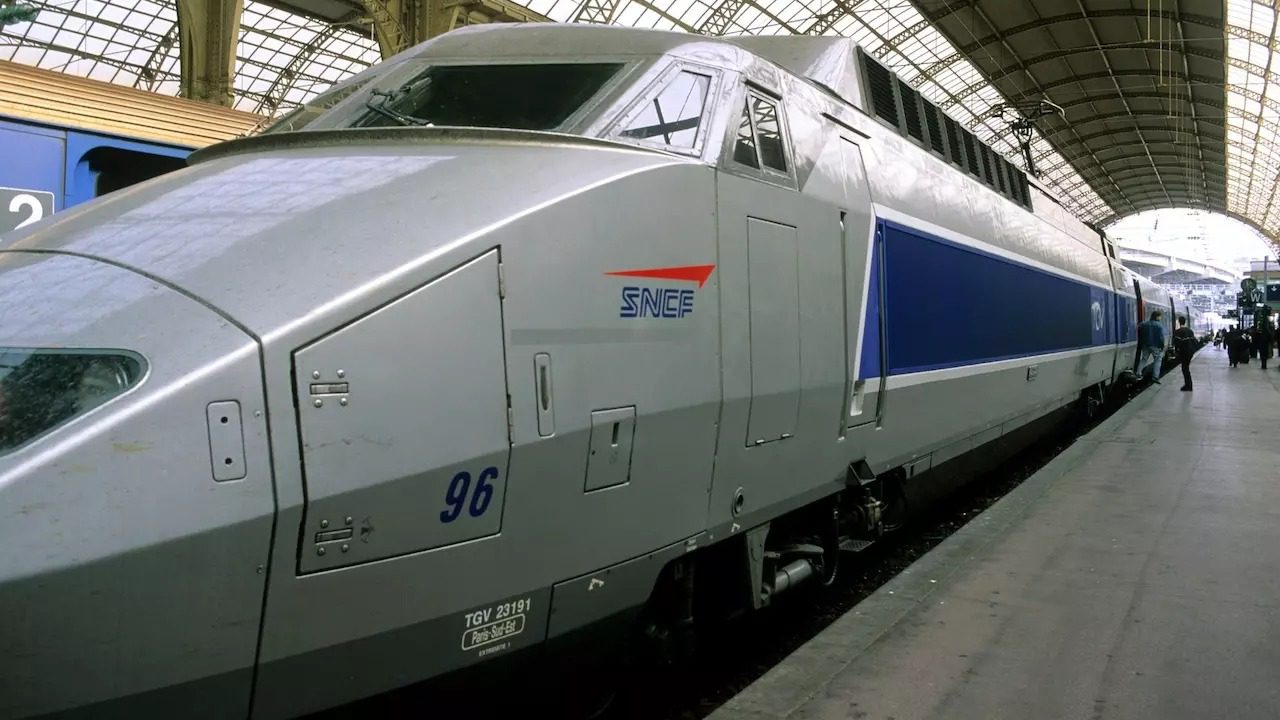The French high-speed train TGV will arrive in the Czech Republic in June. According to the Railway Administration, the public will see it in Prague, Brno, Jihlava, and Ústí nad Labem. TGV trains are the pioneers of high-speed rail in Europe, running at speeds of over 300 kilometers per hour. In the Czech Republic, the maximum rate allowed on the railway is 160 km/h.
The ten-car set of the French high-speed train will arrive from Germany and will first stop in Prague at the Main Railway Station on June 6. It will be there from 11 a.m. In the evening, the train will continue to the Brno Exhibition Centre, where it will be part of an outdoor exhibition for three days on the local track as part of the Rail Business Days fair.
The train’s next stop will be the Jihlava station on June 10 and the central station in Ústí nad Labem a day later. The Railway Administration will cooperate with the freight carrier ČD Cargo to transport the train on Czech territory.
The railway administration cooperates with the French state railway SNCF Réseau to prepare high-speed lines in the country. The French provide consultations and models of technical solutions.
First VRT construction in 2026
According to current plans, construction of the first section of high-speed rail in the Czech Republic should start in 2026, with operation about four years later.
The Railway Administration, in preparing the high-speed rail, has identified priority sections that it is preparing in an accelerated mode. These are the sections: Prague Běchovice – Poříčany, which is the furthest along in the preparation process, Poříčany – Světlá nad Sázavou, Velká Bíteš – Brno, Modřice – Šakvice, Prosenice – Ostrava Svinov, Prague Vysočany – Lovosice/Litoměřice and Ústí nad Labem West – the Czech state border with Germany.
Currently, the maximum permitted speed on Czech railways is 160 km/h. The fastest routes of the prepared high-speed lines should allow a maximum speed of up to 320 km/h in the future. Other parts are being prepared for speeds of around 200 km/h.






Leave a Reply